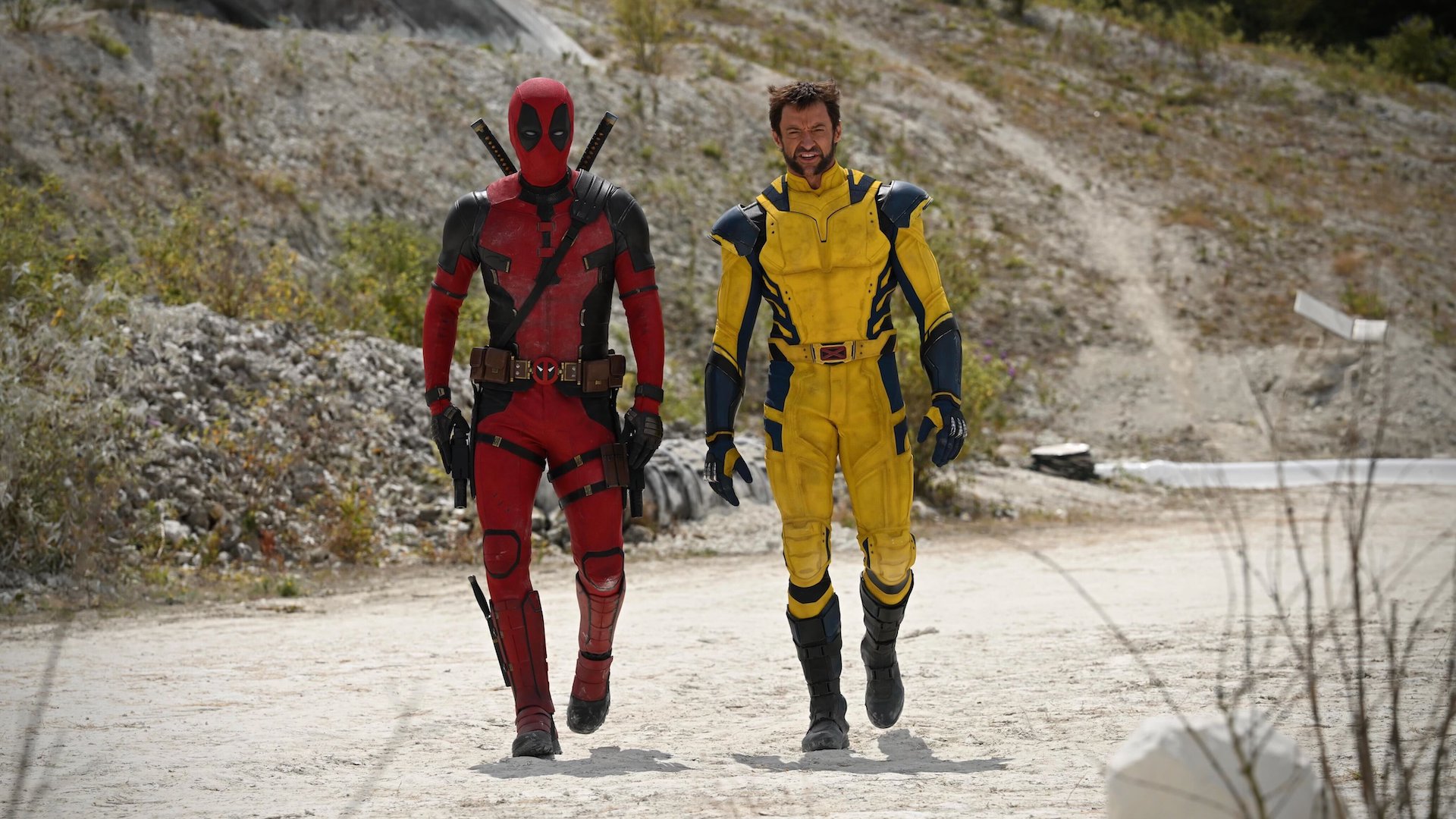Early November. According to multiple studio sources and producers who spoke with IndieWire, that’s when post-WGA strike film production will begin to return in earnest for those projects that shut down when the SAG-AFTRA strike began. For everything else that needs to start fresh, it’s the top of 2024.
That, of course, operates on the presumption/shared hope that the SAG-AFTRA strike concludes by the end of October. Actors’ negotiations with the AMPTP return October 2; from that day forward, there’s a mad dash for the finite number of resources, stages, and time. Many actors and even below-the-line talent could find themselves double-booked between movies and TV commitments, all of which want to start or restart at the same time.
“Put simply,” one studio executive said, “people have to wait their turn.”
At a minimum, productions need a couple of weeks to gather actors and crew, allow for rehearsals, and rent equipment. “We have so many projects that are in the pipeline just ready to go,” one source familiar with shooting schedules told IndieWire. “Once the strikes are over, it’s going to be, BOOM. They’re going to be shot out of a cannon most of them trying to start up production. The disruption of schedules, talent schedules, sound stage schedules, equipment rental schedules.”
Movies like “Deadpool 3” and “Snow White” at Disney, the “Gladiator” sequel and “Mission: Impossible 8” at Paramount, Universal’s “Wicked” movies and “Twisters,” or Warner Bros.’ “Beetlejuice” and “Mortal Kombat” sequels, as well as the next Clint Eastwood film, all halted once the strikes started.
Priority slots will go to movies with just days left to shoot. Most studios retained their stages and on-location sets; top-priority films like “Deadpool 3” retained enough equipment that its return could be a matter of days rather than weeks. (Production stages picking up dust is one reason why studios disclosed they’re losing $300 million-$500 million during the strike.) No new projects can move into the stages until they’re wrapped. Movies with overseas locations will take longer to restart. And then there’s the movies that wrapped but need actors to return so that they can record ADR and finish post-production.
“There is actually a really healthy and great dialogue that goes on between studios,” the executive said, adding that some will make carve-outs for actors to do publicity for other studio films. “It’s not obstructionist in the way that you might think.”
Per one broadcast network insider, a well-oiled TV show can get back up and running in 2 months or so; add another month for shows that must start from scratch.
Another TV insider is more optimistic; they say production could restart within two to three weeks of a SAG-AFTRA deal. Under that theory, and with a swift conclusion to the actors’ guild negotiations, the new TV season could start in January. Production schedules for those TV shows will be intense: They need to bank enough episodes to allow a season to begin in earnest. No one wants to air new work followed by a three-week gap.
The saving grace, if you can call it that, is COVID: Everyone’s seen something like this before. Pandemic quarantine wreaked havoc on actors’ agendas, leading to scheduling issues and talent being forced to drop out of projects. This time, studios anticipated a shutdown and had the benefit of past experience to create infrastructure that responded to it.
“People have a better idea of how to manage such a significant disruption in terms of getting back into production,” the source said. And unlike COVID, post-strike pipelines won’t face an influx of downtime scripts or development.
For films early in preproduction, “We’re going to be in the same boat as everybody else in January,” said the production executive. “Who is available? Who’s able to do this if they have other obligations? Everybody’s going to be fighting for the same resources. It will be difficult to fill out a whole cast, and nobody’s gonna get everybody they want, but you’re just going to have to work the best you can.”
With scarcity a real possibility, studio projects with mid- and lower-tier budgets may have to make tough choices. Those issues will have an impact on the theatrical slate, especially in 2025.

Most studio sources said their 2024 slates are all but locked; the trick will be finishing work and hitting dates that have already been announced. There will still be some date changes (and studios that are overly optimistic about what they can accomplish). Others preemptively delayed tentpole movies until later in the calendar year.
However, 2025 movies are already a concern. For major studio titles, the prep, production, and post easily require 18-20 months. Any title that hasn’t started is under the gun. Executives will need to make qualitative assessments of what’s ready now, what needs another draft, and what can be ready in time.
That chaos may present an opportunity for some smaller titles, which could get a chance to jump the line.
“If I have a $150 million movie and a script that I am not necessarily sure of, I’m not going to push that forward,” the studio executive said. “But if there is something that is maybe a bit left of center, at a lower price point, that previously was like, ‘Well, maybe,’ but we weren’t sure quite how it would fit into the larger schedule, here’s an opportunity for movies like that to get the day in court in a way that previously maybe they wouldn’t.”
Smaller projects face their own post-strike challenges. Sure, an independent film can snag an actor for a few weeks if a studio film is delayed — but there’s just as many circumstances where a project in the works for years could face further delay due to actors’ TV commitments.
In theory, indie projects with an interim agreement could shoot when writers are working and actors are still on strike — but once the SAG-AFTRA agreement happens, a film could be in real trouble if TV shows needed their talent ASAP. That means indie films, like everyone else, must wait and see.
Additional reporting by Tony Maglio





